Shield Your Patio: Protecting Outdoor Furniture from Summer Sun Damage
Why Summer Sun Wreaks Havoc on Outdoor Furniture
UV, Heat, and Time: The Triple Threat
Ultraviolet rays break chemical bonds in finishes and fabrics, heat accelerates drying and cracking, and time multiplies wear. Together they fade cushions, chalk paint, embrittle plastics, and parch wood, leaving once-inviting furniture dull, rough, and fragile.
A Quick Anecdote from a Scorched July
Last July, a neighbor’s cedar bench went from honey-gold to ashy gray in four weeks. A simple shade tweak and a clear UV-blocking sealer slowed the fade dramatically, restoring pride—and weekend lounging—without replacing a single board.
Join the Conversation
What’s your worst sun-fade story or biggest victory against heat? Share your experience and ask questions below so we can learn together, compare climates, and build a practical, real-world guide for the entire community.
Materials That Stand Up to Summer
Teak, ipe, and acacia contain dense fibers and natural oils that slow moisture loss and sun damage. Left untreated, they weather to a silvery patina; sealed with UV blockers, they keep color longer and retain smoother, safer surfaces.
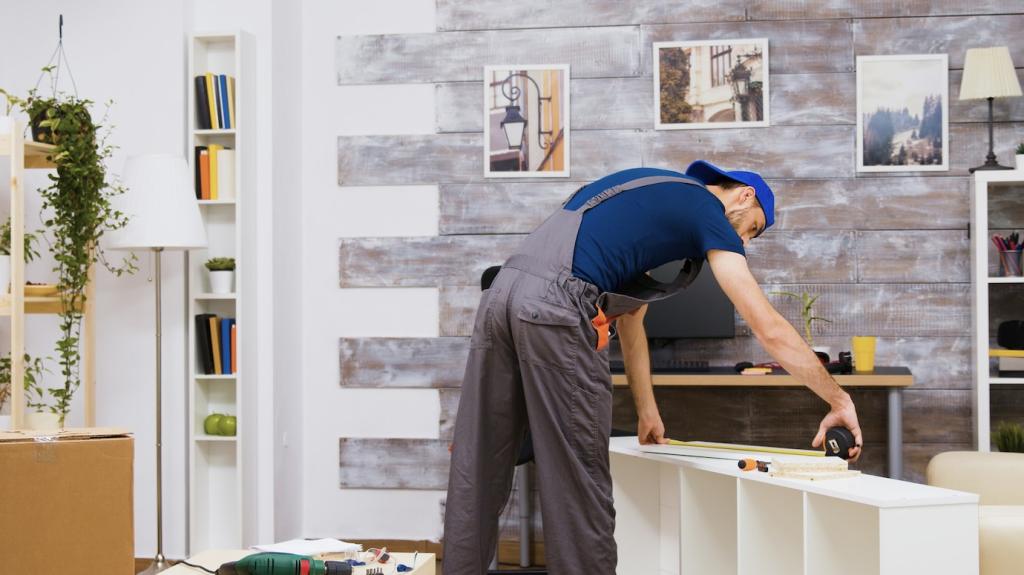
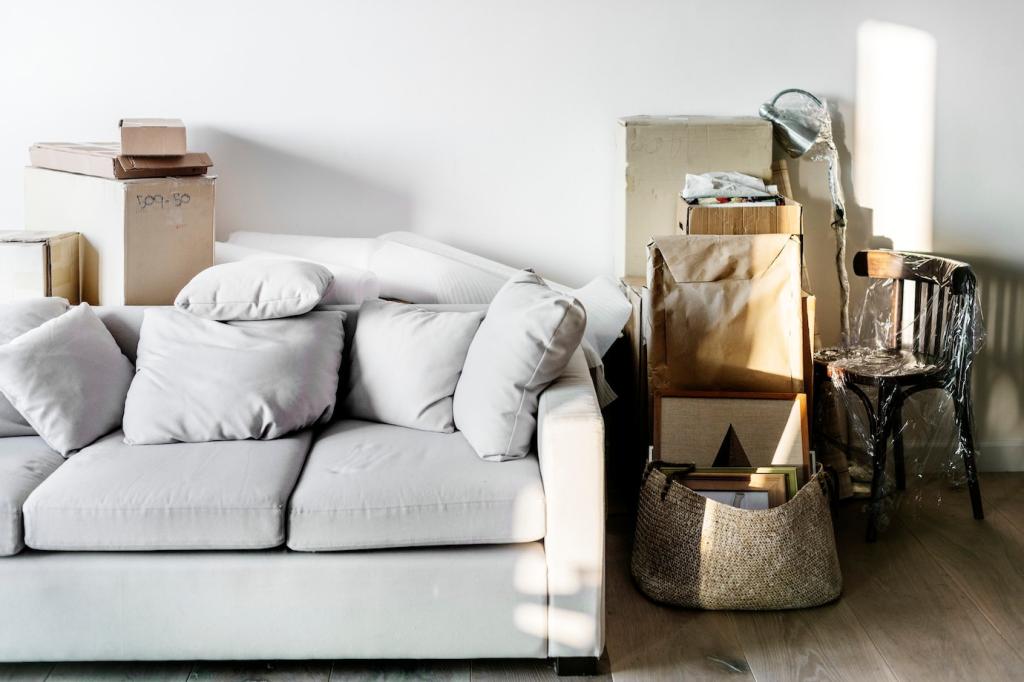
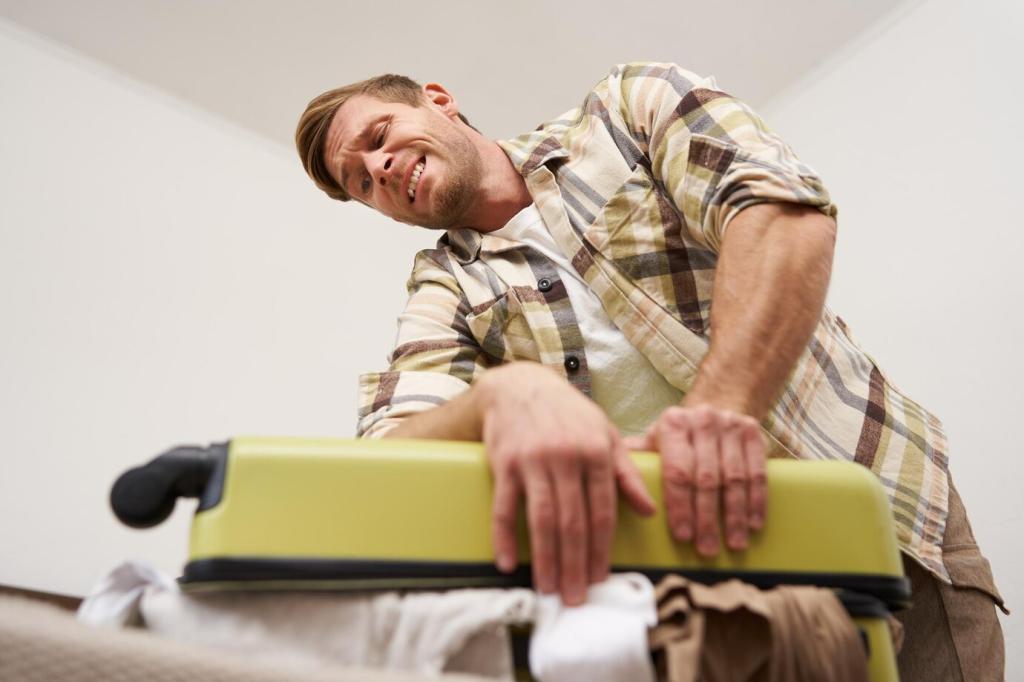
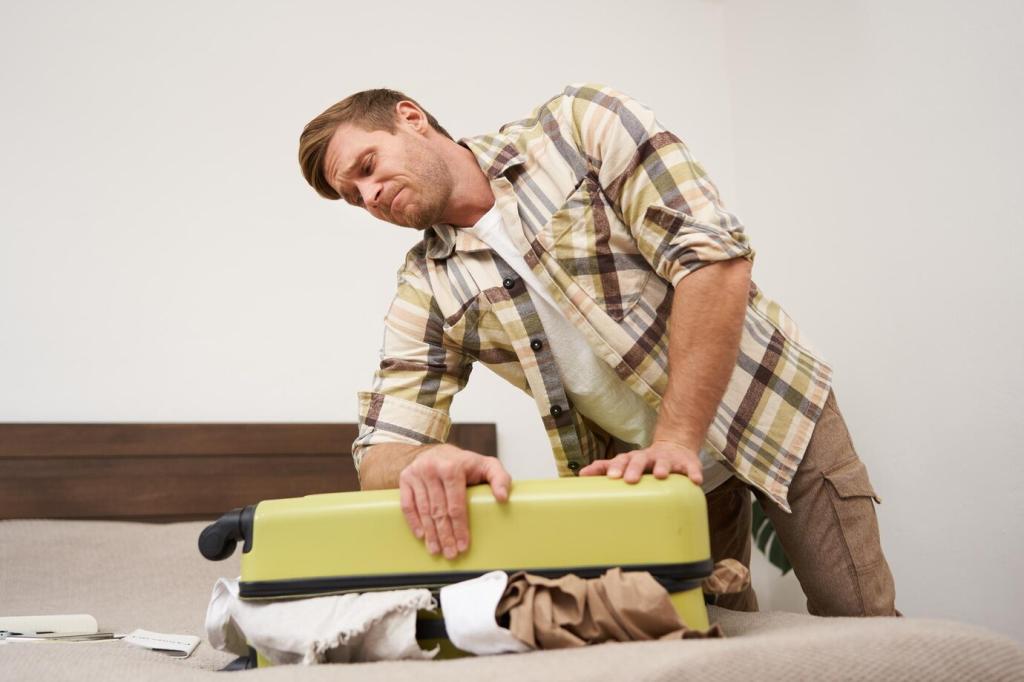
Protective Treatments That Actually Work
Use a water-based, UV-inhibiting clear sealer for woods you want to maintain in color. Apply thin, even coats in spring, then touch up high-wear arms by midsummer. Clean gently first so you lock in a fresh, spotless surface.
Protective Treatments That Actually Work
For resin wicker and molded plastics, a UV-protectant spray can slow brittleness and chalking. Apply in the shade, wipe excess, and repeat monthly during peak sun. Avoid petroleum-heavy products that may soften or discolor certain plastics.
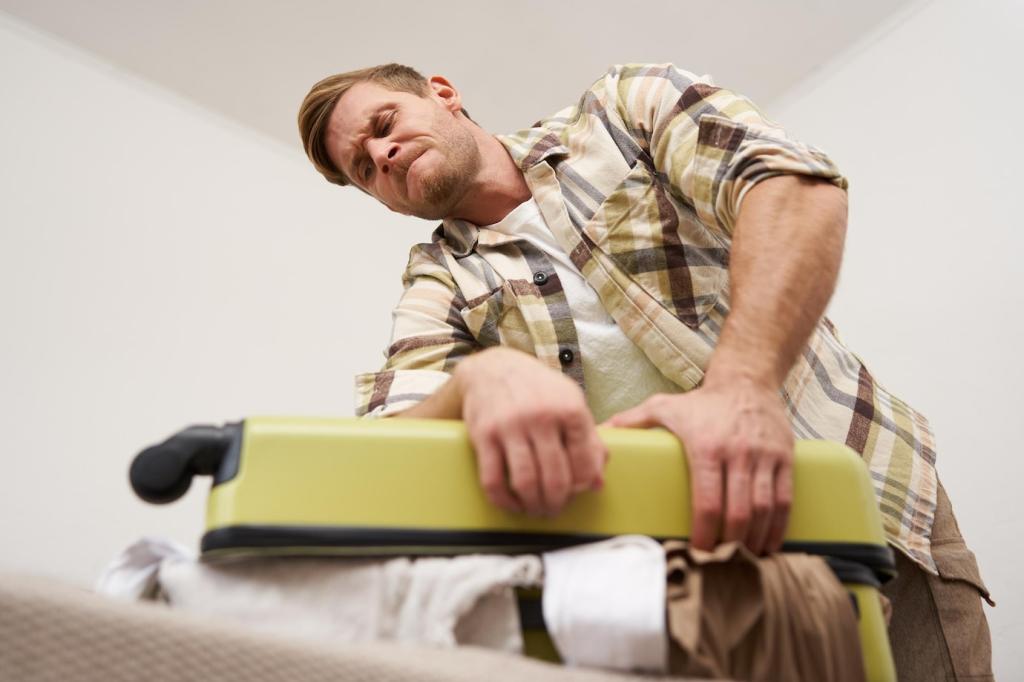
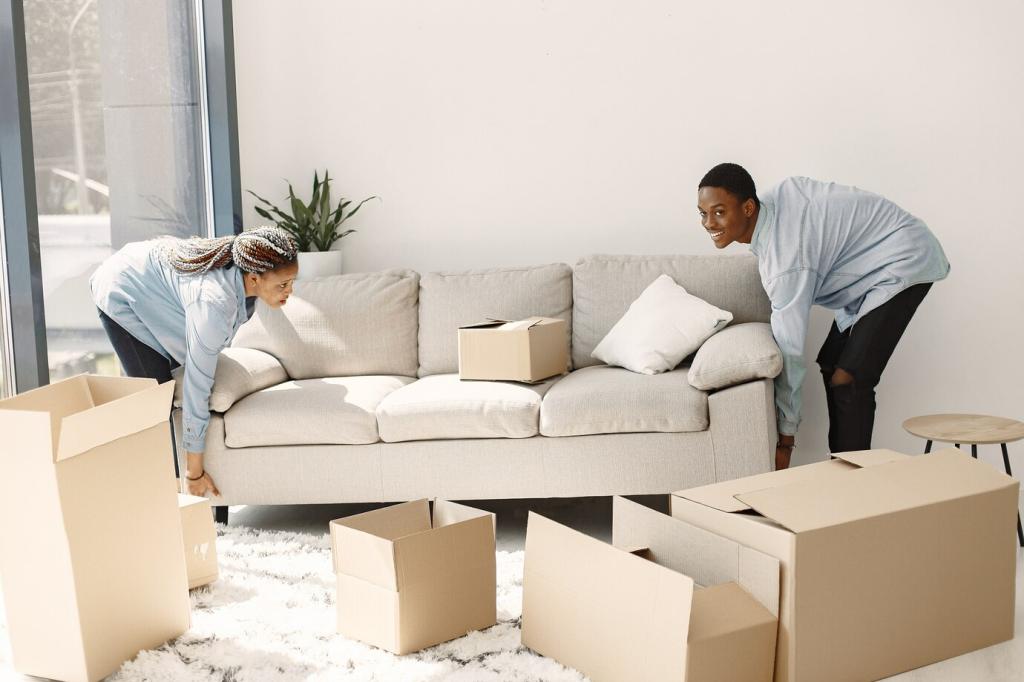
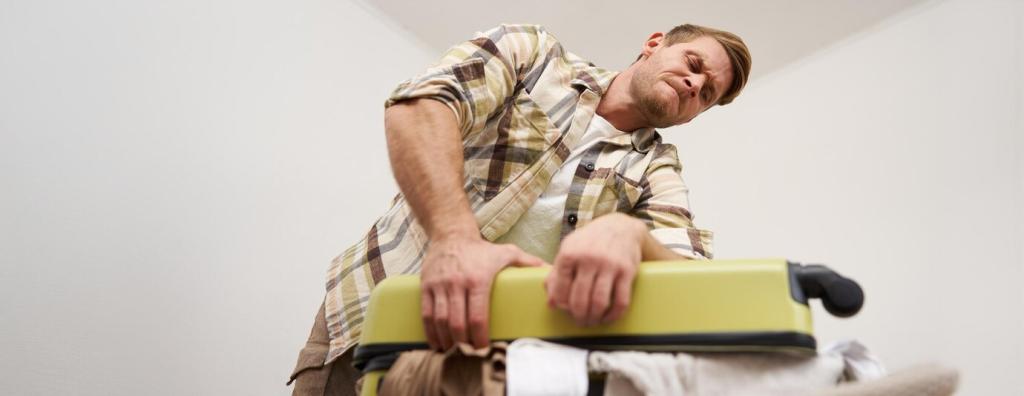
Choose the Right Cover
Opt for breathable, vented covers that block UV yet allow moisture to escape. Avoid tarps that trap heat and rub finishes. Proper fit prevents flapping abrasion, while light colors reflect heat and reduce surface temperatures.
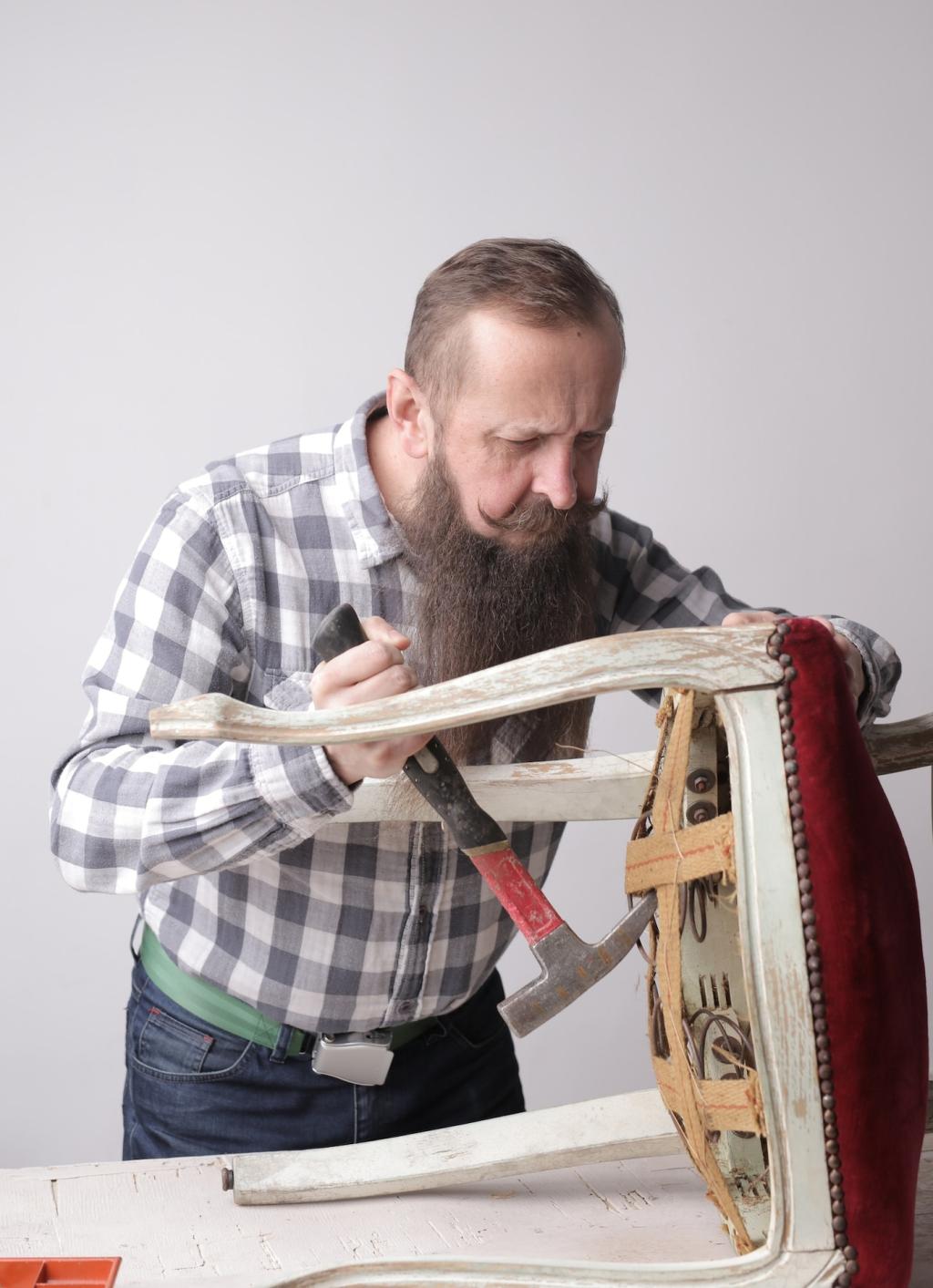
Midday Habits That Pay Off
Flip or rotate cushions at lunchtime on extreme days, slide lightweight chairs under shade, and hang towels over metal arms to prevent scorching. Tiny habits add up to meaningful reductions in fade, fatigue, and surface cracking.
Designing a Sun-Savvy Outdoor Space
Lighter colors reflect heat and look fresh longer, while darker tones hide grime but can run hotter. Place heat-tolerant pieces upfront, and keep delicate fabrics deeper in shade where UV intensity naturally tapers through the afternoon.
Designing a Sun-Savvy Outdoor Space
Choose modular seating on hidden casters and side tables with handles so you can shift effortlessly with the sun. Mobility makes spontaneous shading possible, reducing exposure hours without complicated construction or expensive, permanent shade structures.
Designing a Sun-Savvy Outdoor Space
Snap a photo of your sun-smart setup and post your favorite trick. Did a new sail angle or lighter fabric transform comfort? Share the story and inspire others to outsmart summer with style and practicality.
